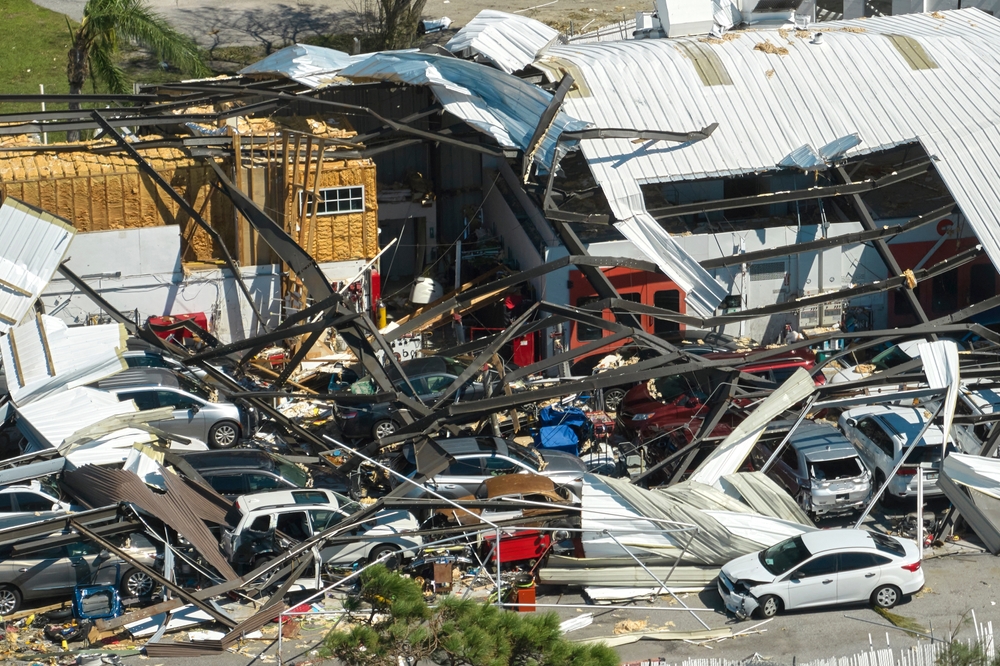Copyright © Everyday Narrative 2024. All rights reserved.
Copyright © Everyday Narrative 2024. All rights reserved.
- An Everyday Narrative Gallery Special -
Natural Weather Phenomena

Natural weather phenomena are spectacular displays of nature’s power and beauty, shaping the environment and impacting life on Earth. They range from common daily occurrences to rare and extreme events. Understanding these phenomena helps us prepare for their effects and appreciate the complexity of our planet’s weather systems.
1. Rain and Precipitation

Precipitation is any form of water that falls from clouds to the Earth’s surface. This includes rain, snow, sleet, and hail. Rain is the most common form, occurring frequently in various intensities depending on the region and season. Snow is prevalent in colder climates and during winter months, while hail and sleet are more sporadic. On average, precipitation falls somewhere on Earth every second, making it a constant in the global weather cycle.
2. Thunderstorms

Thunderstorms are intense weather systems characterised by lightning, thunder, heavy rain, and strong winds. They form when warm, moist air rises rapidly, cooling and condensing to form cumulonimbus clouds. Thunderstorms occur approximately 16 million times per year globally, with about 1,800 occurring at any given moment. They are most common in tropical regions and during summer months in temperate zones.
3. Tornadoes

Tornadoes are violently rotating columns of air that extend from a thunderstorm to the ground. They can cause immense destruction and are classified by the Enhanced Fujita (EF) scale based on wind speeds. The United States experiences the highest number of tornadoes, averaging about 1,200 annually, primarily in the central “Tornado Alley.” Tornadoes can occur in many parts of the world, though less frequently.
4. Hurricanes and Typhoons

These are powerful tropical cyclones with sustained winds exceeding 74 mph. Hurricanes form in the Atlantic and Northeast Pacific, while typhoons occur in the Northwest Pacific. Annually, there are about 80 to 100 tropical cyclones worldwide, with about 40 reaching hurricane or typhoon strength. The season typically runs from June to November in the Northern Hemisphere.
5. Blizzards

Blizzards are severe snowstorms characterized by strong winds and low visibility. They occur when a combination of heavy snowfall and strong winds creates whiteout conditions. In the United States, the Midwest and Northeast experience blizzards most frequently, particularly between December and February. Blizzards are relatively rare compared to other weather phenomena but can have significant impacts when they do occur.
6. Heatwaves

Heatwaves are prolonged periods of excessively hot weather, often with high humidity. They can last from several days to weeks and pose serious health risks. Heatwaves are becoming more common and intense due to climate change. Major heatwaves occur annually in many parts of the world, particularly in the summer months, affecting both temperate and tropical regions.
7. Floods

Floods occur when water inundates land that is usually dry. They can result from heavy rainfall, storm surges, or river overflow. Flash floods happen suddenly and with little warning, while river floods develop more slowly. Floods are among the most common and widespread natural disasters, occurring on every continent. They can happen any time of year but are often associated with seasonal weather patterns.
8. Droughts

Droughts are extended periods of deficient rainfall resulting in water shortages. They can last from months to years and have severe impacts on agriculture, water supply, and ecosystems. Droughts occur worldwide but are most common in arid and semi-arid regions. Their frequency and severity are influenced by climate patterns such as El Nino and La Nina.
9. Lightning

Lightning is a sudden electrostatic discharge during a thunderstorm. It can strike the ground, other clouds, or within the same cloud. There are approximately 8.6 million lightning strikes per day worldwide. Lightning is most common in tropical and subtropical regions, particularly over land during the summer months.
10. Cyclones

Cyclones are large-scale air masses that rotate around a strong centre of low atmospheric pressure. They are classified as tropical or extratropical. Tropical cyclones, including hurricanes and typhoons, form over warm ocean waters. Extratropical cyclones, common in mid-latitude regions, form along weather fronts.
Cyclones can occur throughout the year, with tropical cyclones peaking in late summer and extratropical cyclones more common in the cooler months.
The Power of Nature

These natural weather phenomena highlight the dynamic and powerful nature of Earth’s atmosphere.
Understanding their occurrence and impacts helps us better prepare for and respond to these events, ensuring safety and resilience in the face of nature’s wonders.
Gallery Specials
Latest Articles
- Disney Remakes the Timeless Classic ‘Snow White’
- Here’s what to expect from Season 4 of Slow Horses, only on Apple TV+
- Marvel’s ‘Agatha All Along’ coming soon
- Adam Sandler Announces ‘Happy Gilmore 2’
- Jennifer Lopez files for divorce from Ben Affleck to end her fourth marriage
- On this day in 1995, the Battle of Britpop reached its climax
- Vince Vaughn Returns in the New Dark Apple TV+ Comedy ‘Bad Monkey’
- Matt Damon and Casey Affleck lead a star-studded cast in ‘The Instigators’
- The anticipation builds for ‘The Last of Us’ Season 2
- Has Simone Biles cemented her place as the greatest American Olympian of all time?
- Anticipation grows for the Disney sequel ‘Moana 2’
- A battle begins at Royal Troon for The Open Golf Championship 2024
- The evolution of binge-watching
- Tom Hanks reunites with Robin Wright in ‘Here’
- Taylor Swift’s ‘Eras Tour’ is a phenomenal success















